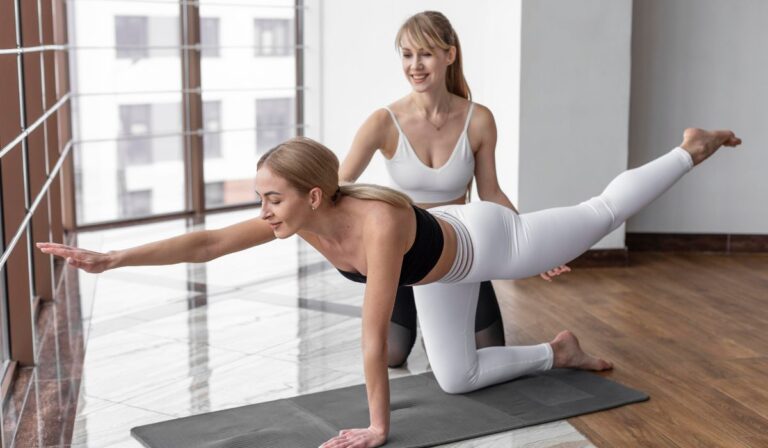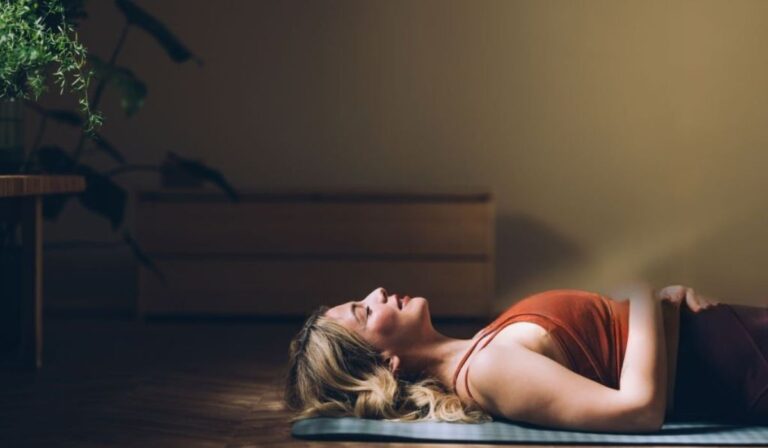I Did Reverse Crunches Every Other Day for a Month—Here’s What Surprised Me Most
As someone who’s pretty consistent with workouts—mainly Pilates, walking, and a few strength sessions—I thought I had my core training down. But there’s one move I always seemed to skip: the reverse crunch.
I had assumed it wouldn’t do much more than a regular crunch, but I kept seeing it pop up in core-focused routines. Eventually, curiosity got the better of me, and I decided to test it out properly by doing reverse crunches every other day for 30 days. Let me tell you, I seriously underestimated this movement.
Why Reverse Crunches?
Unlike traditional crunches that often put strain on your neck and only target the upper abs, reverse crunches shift the focus to your lower abs, where many people (myself included) lack strength.
“Reverse crunches target the rectus abdominis, especially the lower region, and help engage the deep core muscles,” explains fitness coach and rehabilitation specialist Zara Malik. “They also promote pelvic stability and can improve spinal alignment if done correctly.”
That was all I needed to hear to get started.
How to Do Reverse Crunches Properly
Here’s how I learned to perform them the right way:
- Lie on your back, knees bent, feet flat on the floor.
- Place your arms by your sides or under your hips for support.
- Raise your legs so your thighs are perpendicular to the floor and knees are bent at 90 degrees.
- Engage your core and lift your hips off the mat, curling your knees toward your chest.
- Slowly lower your hips back down—control is key.
- Avoid using momentum and don’t swing your legs.
Sets: 3–4
Reps: 10–15
Rest: 45–60 seconds between sets
Week 1: Shaky Start
The first few sessions were humbling. Even though the movement looked simple, I found it difficult to lift my hips without using momentum. I felt the burn deep in my lower abs after just 10 reps.
By the end of the week, I was doing three sets of 10 reps with better form, though I still had to focus hard on controlling the descent.
Week 2: Finding My Rhythm
I noticed small but positive changes—my lower abs felt tighter, and my form was improving. I could lift my hips with less effort and hold the contraction for a beat before lowering down.
My back also felt more supported during other exercises, like planks. That was unexpected but welcome.
Week 3: Leveling Up

This week, I started increasing the intensity. I added a yoga block between my knees to maintain proper alignment and slow down each rep.
I also bumped up to four sets of 12 reps, still resting every other day. The improvement in my core control was noticeable, especially when doing compound movements like squats or deadlifts in my other workouts.
Week 4: Real Gains
By week four, reverse crunches had become part of my routine. I was doing 15 reps per set with excellent form, and even managed to lift my hips higher while keeping my back grounded and abs engaged.
I wasn’t chasing six-pack abs, but I noticed more definition and less tension in my lower back after sitting for long hours at work. Plus, I felt stronger when doing leg lifts or balancing poses in yoga.
Final Thoughts
Honestly, I didn’t expect such noticeable changes from one small tweak in my routine, but reverse crunches proved to be a game-changer. They helped me build lower ab strength, improve posture, and even supported my performance in other exercises.
Would I recommend them? Absolutely. They’re beginner-friendly, need no equipment, and deliver results if done consistently with good form.
I plan to keep them in my weekly rotation and might even try weighted variations soon. If you’re looking for a simple yet effective way to enhance your core training, this might be the move for you.
FAQs
1. Can beginners do reverse crunches safely?
Yes! Reverse crunches are beginner-friendly as long as you focus on slow, controlled movements. You can place your hands under your hips for added support.
2. How often should I do reverse crunches for results?
You don’t need to do them daily. Practicing every other day allows your muscles time to recover and grow stronger. Three to four sessions per week is enough.
3. What are some common mistakes to avoid?
Avoid swinging your legs or using momentum. Keep your core tight, move slowly, and ensure your lower back stays in contact with the floor throughout the movement.







